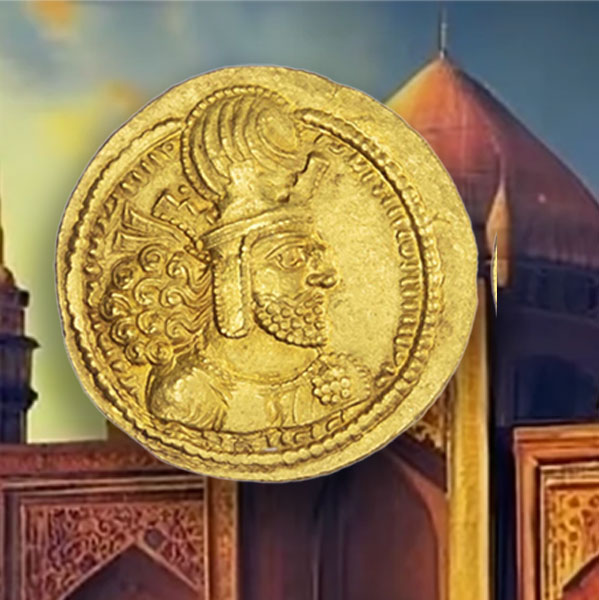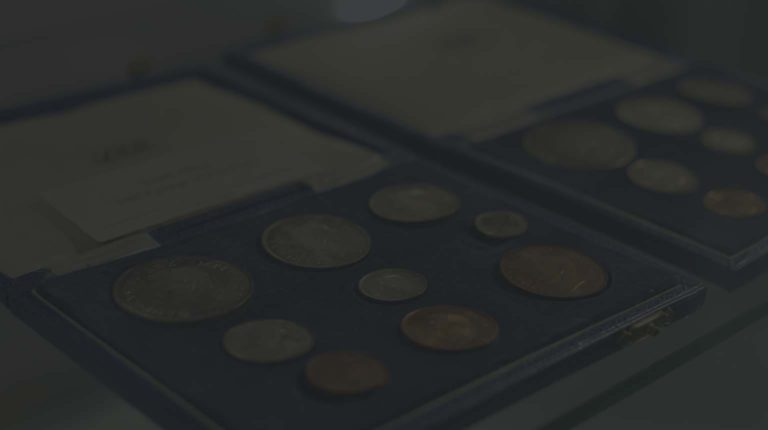The gold dinar of Shapur I, minted during the Sasanian Kingdom (241-272 AD), is a rare and remarkable piece of numismatic history. Shapur I, one of the most powerful and celebrated rulers of the Sasanian Empire, succeeded his father Ardashir I and continued the ambitious expansion of Persian influence, particularly against Rome. His reign was marked by military triumphs, architectural achievements, and cultural flourishing.

This particular gold dinar is an exceptional artefact, as gold coinage from the Sasanian period is significantly rarer than the more commonly found silver drachms. The Sasanians primarily struck silver coins for widespread use, while gold dinars were reserved for special occasions, payments to high-ranking officials, or diplomatic gifts. The survival of such a coin in superb condition makes it an extraordinary find.
Shapur I’s reign was defined by his successful wars against the Roman Empire. In 260 AD, he famously defeated and captured the Roman Emperor Valerian, an event depicted in rock reliefs at Naqsh-e Rostam and Bishapur. This was an unprecedented humiliation for Rome, as Valerian was paraded as a prisoner and, according to some accounts, was later used as a human footstool before his grim fate. Coins like this gold dinar would have been struck during a period of Persian dominance, reflecting Shapur’s wealth and military prowess.
The design of the coin typically features a portrait of Shapur I wearing his elaborate, stepped crown adorned with a korymbos (a large, globular ornament), symbolising divine glory. The reverse often showcases a fire altar, a significant Zoroastrian symbol representing Ahura Mazda, the supreme deity of Zoroastrianism. This fire-worshipping tradition was central to Sasanian religious practice, and the coin itself would have carried not just economic value but deep spiritual and political significance.
Fun fact: The Sasanian coinage system was highly influential and inspired later Islamic coinage after the Arab conquest of Persia. The distinctive portrait style of the Sasanian rulers and the fire altar design were adapted into early Islamic coins before purely Arabic inscriptions became the norm.
The rarity of a gold dinar from this period, especially in such fine condition, makes it an object of immense historical interest, not just for collectors but for historians trying to piece together the economic and political landscape of one of the greatest Persian empires.
Available here: Sasanian Kingdom, Shapur I (241-272 AD), gold Dinar – rare and superb | Baldwin’s


